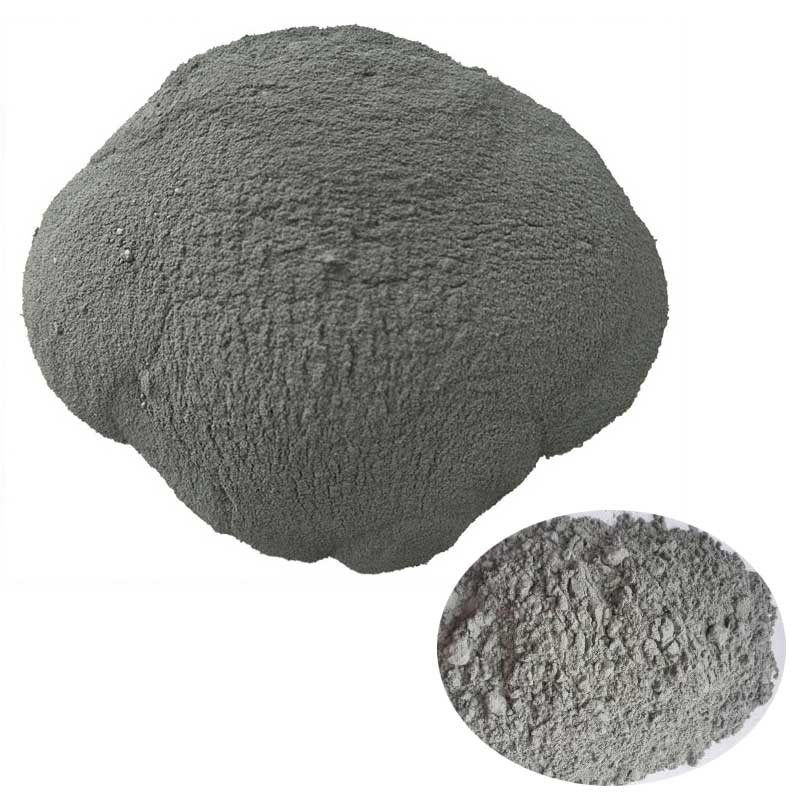Lithium extraction from fly ash – new ideas for lithium extraction

The type of lithium deposits in coal is a sedimentary lithium deposit. Since lithium has a low atomic number and a low content in coal, it is difficult to study the reasons for the accumulation of lithium in coal. Lithium in coal is mainly present in clay minerals using silicate substances as carriers, and a very small part of it exists in phosphate or organic forms. The more common clay mineral carriers when lithium occurs in coal are kaolinite and hectorite. The lithium content in most coals in nature is not high. Under special geographical environments, the grade of lithium deposits in coal systems can reach a level comparable to that of traditional strategic metal deposits. The coal mined from these high-lithium content coalfields undergoes combustion. Finally, lithium was enriched, providing the feasibility of extracting lithium from fly ash.
Extraction process of lithium from fly ash
1 Preprocessing
The mineral composition of fly ash is mainly mullite, corundum, glass and quartz, and lithium is mainly found in glass. Its chemical composition is relatively complex, with the main components being SiO2 and Al2O3. There are also oxides of iron, calcium, magnesium, titanium and other metals and other unburned carbon. Before the roasting step, fly ash needs to be pretreated, including two steps of desiliconization and magnetic separation. The purpose of desiliconization is to improve the utilization rate of silicon in fly ash while reducing the amount of low-value silicon-containing solid waste and the material flow in the process. The purpose of magnetic separation is to remove iron oxides from fly ash. After the above two steps, the relative content of lithium in fly ash has increased, and the activity of fly ash has also been improved, thereby achieving a more efficient extraction of lithium from fly ash.
2 roasting
Roasting refers to reacting pretreated fly ash with a specific sintering agent under high temperature conditions, and the roasted fly ash is further activated. Commonly used sintering agents include sodium carbonate, calcium carbonate, etc.
3 leaching
The roasted fly ash is leached with acid or alkali, and the lithium ions in the fly ash are transferred to the leachate, further enriching the lithium ions in the fly ash. In the acid method, the sintered activated fly ash is cooled and then acidified and roasted with sulfuric acid. The roasted sample is acid leached with hydrochloric acid. Under the optimal experimental conditions, the lithium leaching rate of this process is 96.69%. In the alkali method, sodium carbonate is used as a sintering agent to first activate the fly ash, and then transfer it to an alkali solution for alkali leaching for 2 hours. Under this condition, the lithium leaching rate is 85.30%.
4. Lithium precipitation process
A. Carbonate precipitation method. The principle of the carbonate precipitation method is to add one or more appropriate precipitants to a lithium enriched solution to precipitate to obtain lithium carbonate, and then further purify the lithium carbonate. After the acid leach solution first removes impurities and precipitates aluminum, the resulting lithium mother liquor is further evaporated, concentrated and crystallized to purify and remove impurities, and then a precipitant is added to obtain lithium-containing carbonate precipitation. After the alkaline leachate is carbonized, it is concentrated by evaporation, and finally lithium is precipitated.
B. Adsorption method
The adsorption method mainly uses ion sieves or various resins to adsorb and extract lithium from the alkaline solution of fly ash.
C. Solvent extraction method
The principle of lithium extraction by extraction is based on the difference in solubility of lithium ions in two mutually immiscible solvents, so that lithium ions are transferred from the solvent with lower solubility to the solvent with greater solubility. The solvent extraction method has the advantages of continuous operation, high separation rate, and simple equipment. However, there is a problem that some organic extractants pollute the environment. It is necessary to continuously optimize and improve the selection of extraction agents.
Extracting lithium from fly ash can not only improve the production and supply capacity of existing lithium resources, but also provide ideas for solving environmental pollution problems caused by fly ash accumulation.
